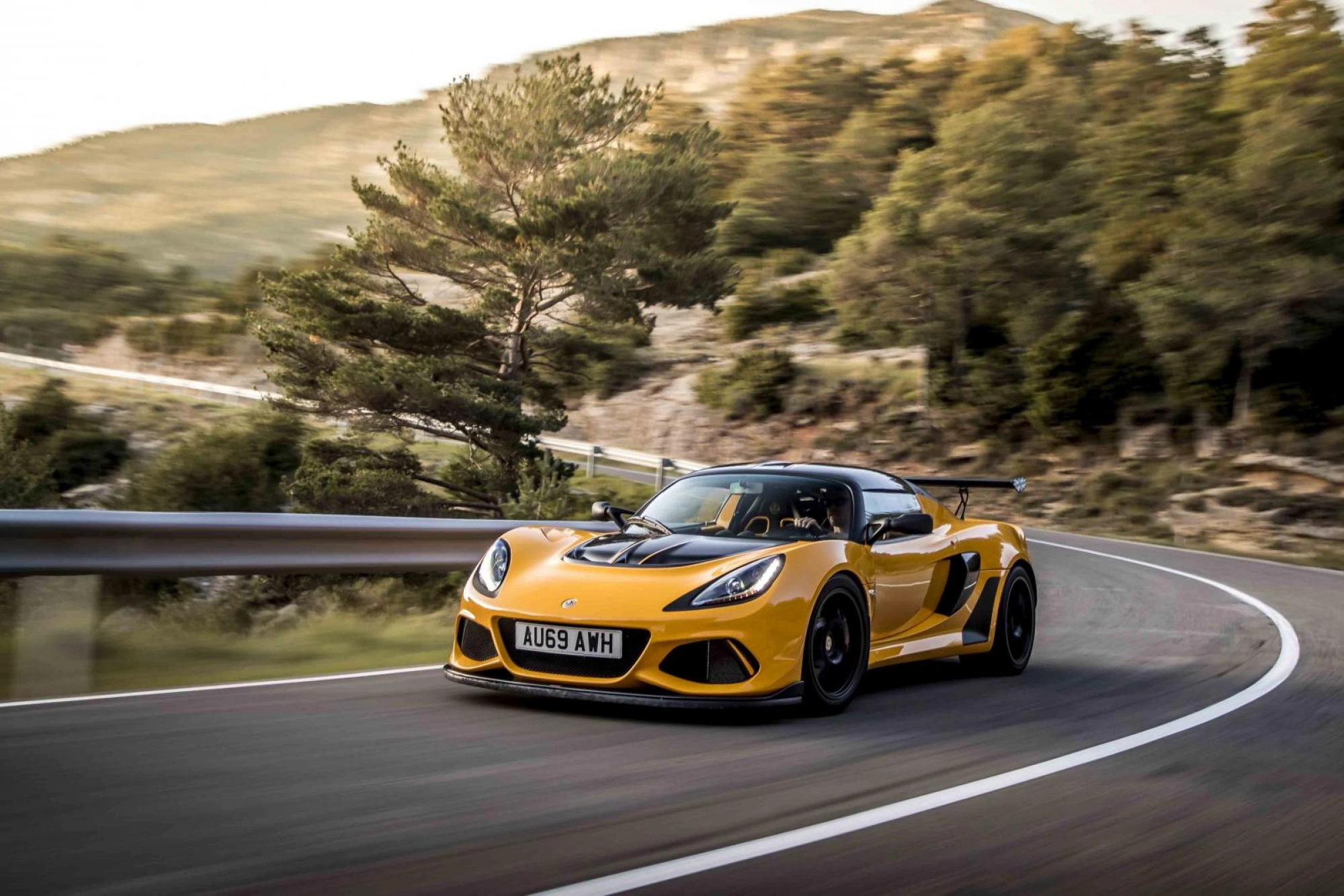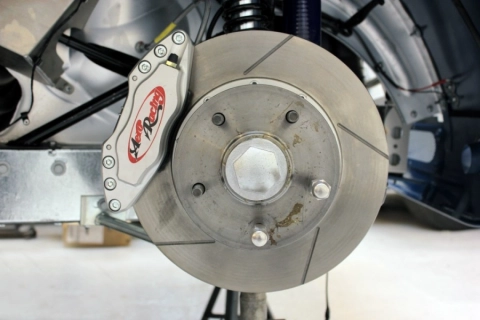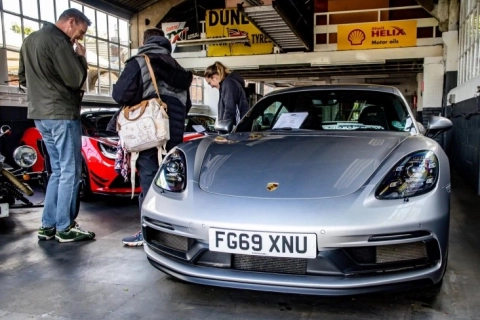Cornering

We've asked Neil Furber, owner of Drive 7Tenths, a performance driving company, to pen us an article on cornering. So read on for his thoughts...
When speaking with any new client wishing to improve their driving, a common theme exists. Many sports car owners wish to get more from their car, understand how to take the bends ‘properly’ and are concerned about the infamous ‘limit’. So let’s take a proper look at cornering. After all, progressing fluidly – and safely – through the really wiggly stuff at elevated intensity is very rewarding.
Looking at a corner in very simple terms, we can say it has an entry, a mid-section and an exit. You can think of entry as winding on the steering lock, the mid-section as steady cornering and the exit as unwinding the steering lock and starting to accelerate.
Rather than talking about braking straight, steering smoothly, using a ‘balanced’ throttle and unwinding the steering lock as you transition to squeezing the throttle pedal, let’s consider what the car is doing as you navigate the bends.
At speed, we can view it as something that floats across the road surface. Above 30mph it acts more like a hovercraft than a train on its tracks. The steered angle of your tyres in relation to the direction of travel and the specific weight each is supporting will dictate where the car goes and whether it rotates or not.
You may well have heard of weight transfer already; this is something you experience under braking, acceleration and cornering. The weight each tyre supports varies as you load up the front, rear or sides. Fore/aft pitching of the body or lateral roll accompanies this and is much of what you feel.
Cornering is a combination of lateral body roll and a nose-in rotation known as ‘yaw’. Braking before the bend will tip the body forward as part of forward weight transfer. Once you have balanced the car (swapped brake for a slither of gas), you can start to steer. The front tyres adopt an angle to the direction of travel, deform laterally and generate a sideways thrust at the front end of the car. It’s this that generates the nose-in rotation and the immediate onset of lateral roll.
If you concentrate and do things smoothly, you’ll be able to feel – and see – the bonnet moving to the side and the car rolling outwards. This progression (yaw and roll) will continue as you add more lock and then find steady equilibrium (a dynamic balance) once your steering wheel becomes static.
Racing drivers will often call this moment ‘taking a set’. Springs, dampers and suspension links have all moved to a temporary fixed position and all this will be constant for as long as you keep your hands and feet still. You are in the mid-corner phase and this may be a split second or many seconds. Five laps around the inside lane of your local roundabout at a steady speed would prove the point!
Crucially, your car is now loaded. By this, I mean that the tyres, springs and any compliant portion of the suspension system is under stress in a deformed state.
To exit the corner, you will relax this stress and allow things to go back to their steady-speed positions or, indeed, those for acceleration. The body will unroll and the nose of your car will unsteer back to a straight-ahead trajectory. It’s the way in which you do all this that will dictate how fast all this happens and whether things feel suitably fluid.
Neil Furber
To find out more about Neil's company and read other articles, please visit www.drive7tenths.com





